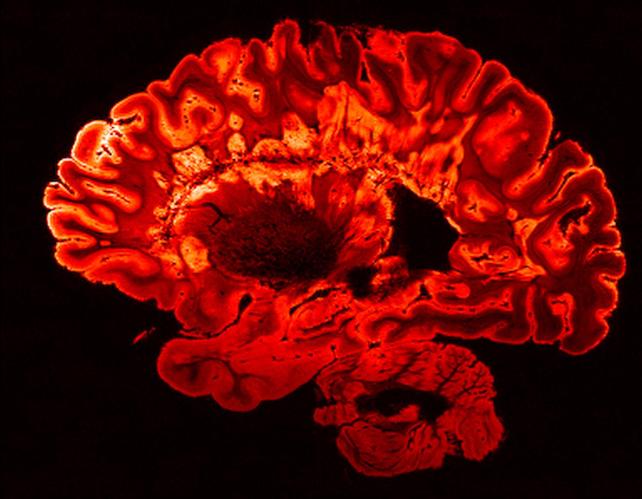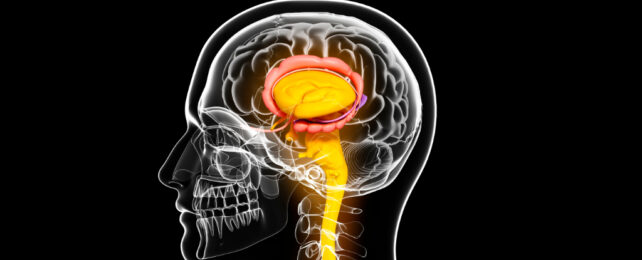Beneath the human brain's bulging cerebral cortex, smaller structures toil in relative obscurity. Subcortical areas, also known as the 'deep brain,' play key roles in functions like attention, emotion, motor control, and learning.
They're also involved in many neurological disorders. Research has linked variations in the volume of subcortical structures with a range of conditions, including schizophrenia, Parkinson's disease, and ADHD.
In a new large-scale study, researchers shed light on how 254 genetic variants can affect the development of particular subcortical structures, potentially influencing some important deep-brain operations.
This can help clarify the genetic origins of brain disorders, explains co-author and neuroscientist Paul M. Thompson from the University of Southern California (USC).
"A lot of brain diseases are known to be partially genetic, but from a scientific point of view, we want to find the specific changes in the genetic code that cause these," Thompson says.
The investigation represents a massive scientific effort, featuring an international team of 189 researchers who analyzed genetic data on 74,898 individual participants across 19 countries, as well as MRI brain scans measuring the volume of subcortical regions such as the amygdala, brainstem, hippocampus, putamen, and thalamus.
This was enabled partly by the Enhancing Neuro Imaging Genetics through Meta-Analysis (ENIGMA) consortium, an international project based at USC's Keck School of Medicine that incorporates work from more than 1,000 research labs in 45 countries.
"By conducting this research all over the world, we're beginning to home in on what has been called 'the genetic essence of humanity,'" says Thompson, principal investigator for ENIGMA.
The team used a research technique known as a genome-wide association study (GWAS), which analyzes variations in DNA sequences across the genomes of large numbers of people to spot markers of various traits or diseases. The study uncovered 254 genetic variants associated with volume in various subcortical regions, the authors report, accounting for as much as 10 percent of observed differences in volume among study participants.

It was "the largest GWAS meta-analysis of intracranial and subcortical brain volumes to date," the researchers write, yielding insights about the genetic underpinnings of brain-volume variations and corresponding disorders.
The study notably found genetic correlations for eight subcortical brain volumes with Parkinson's disease and three with ADHD.
Information like that is vital for developing better treatments, says Miguel Rentería, an associate professor of computational neurogenomics at the Queensland Institute of Medical Research.
"There is strong evidence that ADHD and Parkinson's have a biological basis, and this research is a necessary step to understanding and eventually treating these conditions more effectively," says Rentería, the principal investigator for the new study.
"Our findings suggest that genetic influences that underpin individual differences in brain structure may be fundamental to understanding the underlying causes of brain-related disorders."
Previous studies have already established links between certain disorders and subcortical structures, the researchers note, such as Parkinson's disease and the basal ganglia.
But these findings peel back another big layer, they add, letting us see how genetic variants influence the development of critical brain structures – which in turn could give rise to associated conditions.
The latter remains speculative, the researchers point out. But while more research is still needed to prove whether and how exactly genetic variation might be responsible for brain disorders, the new study does provide compelling clues.
"This paper, for the first time, pinpoints exactly where these genes act in the brain," Thompson says.
The study was published in Nature Genetics.
